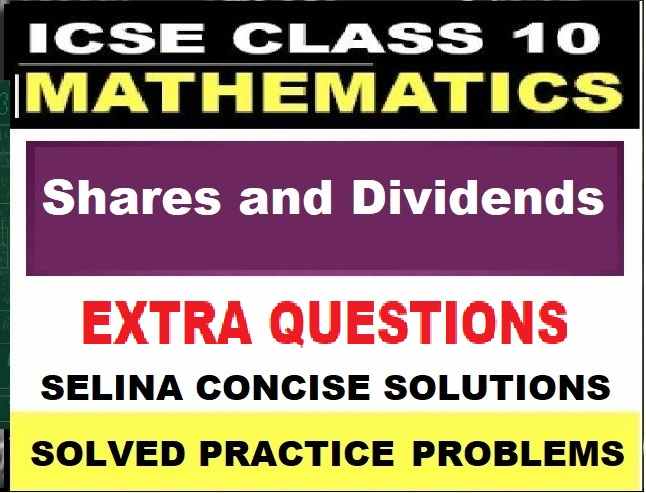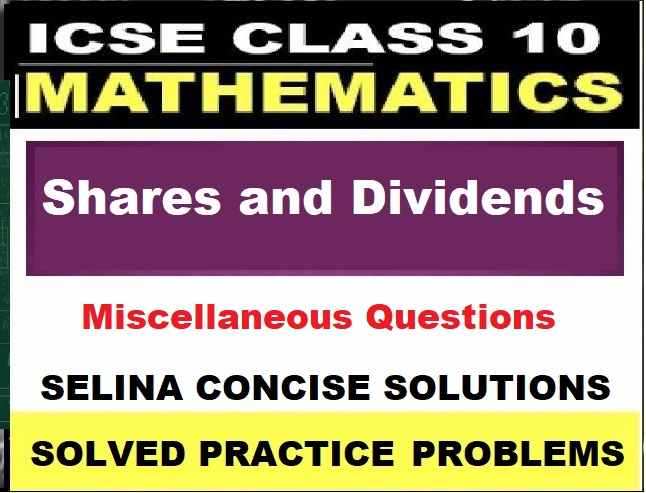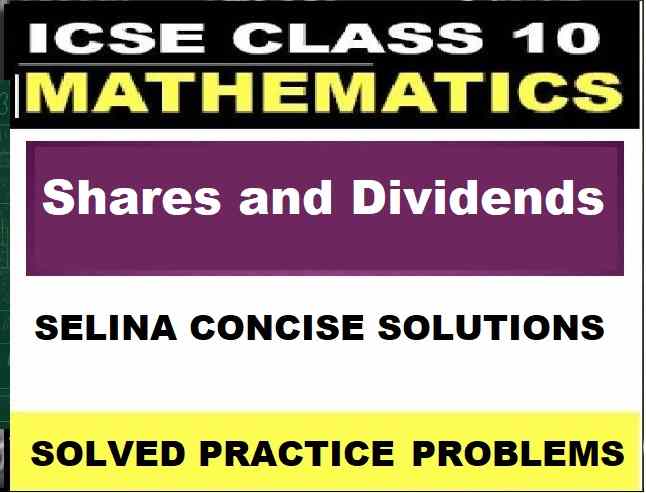Skeleton Movement and Locomotion Very Short Answer Biology Class-9 ICSE Selina Publishers Solutions Chapter-12. Step By Step ICSE Selina Concise Solutions of Chapter-12 Skeleton Movement and Locomotion with Exercise-12 including MCQs, Very Short Answer Type, Short Answer Type, Long Answer Type and Structured/Application Questions Solved . Visit official Website CISCE for detail information about ICSE Board Class-9.
Skeleton Movement and Locomotion Exe-12 Very Short Answer Biology Class-9 ICSE Concise Selina Publishers
| Board | ICSE |
| Publications | Selina Publication |
| Subject | Biology |
| Class | 9th |
| Chapter-12 | Skeleton Movement and Locomotion |
| Book Name | Concise |
| Topics | Solution of B. Very Short Answer Type |
| Academic Session | 2023-2024 |
B. Very Short Answer Type
Skeleton Movement and Locomotion Class-9 Biology Concise Solutions
Page 132
Question 1.
Name the parts of the skeleton where the following are located: transverse process, glenoid cavity, shoulder-blade, acetabulum.
Answer:
| Parts
of the skeleton |
Location |
| Transverse process | Neural arches in vertebra |
| Glenoid cavity | Pectoral girdle |
| Shoulder-blade | Shoulder girdle |
| Acetabulum | Pelvic girdle |
Question 2.
Name any two parts of your body where the supporting skeleton is made of cartilage instead of bone.
Answer:
- External Ear
- Tip of the nose
Question 3.
Name:
(a) Three main constituents of the human skeleton.
(b) Two main divisions of the human skeleton.
(c) Four parts of Axial skeleton.
(d) Five regions of vertebral column.
(e) Four kinds of freely movable joints.
Answer:
(a) Bones, Cartilages and Ligaments
(b) Axial skeleton and Appendicular skeleton
(c) Skull, Vertebral Column, Sternum, Ribs
(d) Cervical, Thoracic, Lumbar, Sacrum, Coccyx
(e) Gliding joint, Pivot joint, Hinge joint, Ball and Socket joint.
Question 4.
Name the following :
(a) A joint which allows movements in all directions.
(b) The first vertebra of the vertebral column.
(c) A large hole at the back of cranium through which the spinal cord emerges out.
(d) The muscles which cause opposing movements.
(e) The fluid found between the two bones of freely movable joints.
Answer:
(a) Ball and socket joint
(b) Atlas
(c) Foramen Magnum
(d) Antagonistic Muscles
(e) Synovial fluid
Question 5.
The first pair indicates the kind of relationship that exists between the first two terms. Rewrite and complete the second pair on a similar basis :
(a) Humerus : Glenoid cavity :: Femur : ……………
(b) Thoracic vertebrae : 12 : …………… : 7
(c) Wrist : Carpals :: Ankle : ……………
(d) Biceps : Flexor :: Triceps : ……………
(e) Brain : Cranium :: Spinal cord : ……………
Answer:
(a) Humerus : Glenoid cavity :: Femur : Articular Cavity
(b) Thoracic vertebrae : 12 : Cervical : 7
(c) Wrist : Carpals :: Ankle : Tarsal
(d) Biceps : Flexor :: Triceps : Extensor
(e) Brain : Cranium :: Spinal cord : Vertebral column
Question 6.
Write the technical terms for each of the following :
(a) Knee cap
(b) Shoulder blade
(c) Collar bone
(d) Breast bone
(e) Bones in the palm
Answer:
(a) Knee cap — Patella
(b) Shoulder blade — Scapula
(c) Collar bone — Clavicle
(d) Breast bone — Sternum
(e) Bones in the palm — Metacarpals
— : End of Skeleton Movement and Locomotion B. Very Short Answer Class-9 ICSE Biology Solutions :–
Return to Return to Concise Selina ICSE Biology Class-9
Thanks
Please share with your friends


